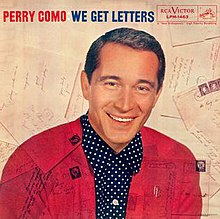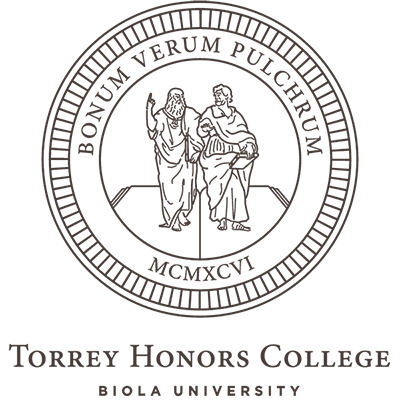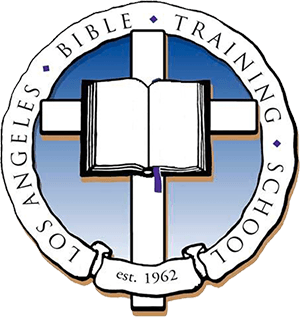A scene from The Canterbury Psalter (12th century)
Blog
“Relational Trinity” Means What Now?

This is actual reader mail from 2021. I’m pulling it out of the drafts folder and posting it because (a) there’s been some online chatter lately that suggests some readers might be interested in the clarification it attempts, and (b) I’m doing a little exercise where I blog every day for a while to get my writing-in-public mojo back, and here it sits, 500 already-written words that aren’t too shabby. Now that your expectations are stratospheric, here it is.
A friend who teaches in a theological field somewhat removed from the churn of contemporary discussion wrote to me and said,
I’m getting wind of a distinction the modern theologians are making between ‘classical’ trinitarianism and ‘relational’ trinitarianism, and I’m hearing that the theologians are calling the second of those ‘revisionist.’ It is surprising—and more than a little alarming—that modern theologians are saying that the historic (patristic) understanding of the Trinity was NOT relational, and I am wondering what I’m missing.
As far as I can tell, “relational trinitarianism” emerged to take some of the pressure off of the term “social trinitarianism.” The latter, “social trinintarianism,” has never been quite perfect as a label, but it served pretty well to name those modern theologies that defined divine persons as distinct centers of consciousness, each with their own set of psychological faculties, mental/emotional contents, and life histories, but which could be described as unified with each other in the sense that a perfect community is unified.
But as more people backed off of some elements of this “strong social trinitarianism,” it didn’t seem fair to use the word “social” to describe them anymore, especially if they were motivated to affirm their continuity with the interpersonal aspect of the great tradition. So “relational trinitarianism” emerged as a term to describe the kind of theology that viewed itself as having some things in common with social trinitarianism (including social trinitarianism’s worries about a tendency toward modalism in some regions of classical theology).
As you point out, it’s confusing usage. None of these labels are great! But remember that modern philosophical theologians continue to discuss “Latin trinitarianism” as a model, which always makes me wince. But in the best philosophical theology, the authors are careful to specify what they mean by such (ahistorical, distracting, unhelpful) labels, so you can tell what they intend. If you hear somebody call “relational trinitarianism” a recent, revisionist trend, they are probably considering it as a softened version of social trinitarianism.
If you want to overhear some of the conversation on this, Jason Sexton’s edited 2014 Zondervan book Two Views of the Doctrine of the Trinity is good reading. I think he tried to have the book be an open discussion between classical Trinity and social Trinity, but couldn’t persuade advocates of the two positions to really own the labels (especially “social Trinity,” for some of the reasons above). So Sexton framed the discussion as classical (Holmes, Molnar) vs. relational (McCall, Fiddes). All four participants express some dissatisfaction with the labels, in print! But that’s why I say it’s a good place to overhear the discussion. The labels are explained, and the essays are substantive.
About This Blog

Fred Sanders is a theologian who tried to specialize in the doctrine of the Trinity, but found that everything in Christian life and thought is connected to the triune God.


